Bulldog
Bulldog
America’s Laid-Back and Lovable Companion
1. Introduction to the Breed
The Bulldog, securing the #9 spot in the 2024 American Kennel Club (AKC) rankings, is a beloved breed known for its laid-back, goofy charm and distinctive appearance. Often called the “English Bulldog,” this breed captivates with its wrinkled face, pushed-in nose, and stocky build, making it a favorite for families and urban dwellers. Despite dropping slightly from previous years, Bulldogs remain cherished for their gentle temperament and kid-friendly nature, thriving in homes where their relaxed yet affectionate personality can shine.
2. History of the Breed
Originating in England in the 13th century, Bulldogs were initially bred for bull-baiting, a brutal sport banned in 1835. After this, breeders refined the breed into a gentler companion, emphasizing their loyal and calm demeanor. Recognized by the AKC in 1886, Bulldogs became symbols of tenacity, often associated with British culture and institutions like the University of Georgia, where their mascot, Uga, is a fan favorite. In the U.S., their popularity grew as family pets, admired for their unique look and endearing personality.
3. Physical Characteristics
- Typical Size and Weight: Bulldogs are medium-sized, standing 14–15 inches tall at the shoulder. Males weigh 50–55 pounds, while females range from 40–50 pounds, with a compact, muscular build.
- Coat and Color: Their short, smooth coat is glossy, with colors including brindle, white, red, fawn, or piebald (white with markings). Their loose skin forms characteristic wrinkles, especially around the face and neck.
- Distinctive Features: Bulldogs are known for their broad, wrinkled heads, short snouts, and underbite, giving them a distinctive, expressive face. Their bowlegged stance and rolling gait add to their unique charm.
4. Personality Traits
Bulldogs are laid-back, affectionate, and goofy, with a calm demeanor that makes them excellent family pets. They’re particularly gentle with children, earning a reputation as patient, protective companions. While not overly active, they enjoy short bursts of play and love lounging with their owners. Bulldogs can be stubborn, requiring patient training, and their protective instincts make them quietly watchful, though rarely aggressive. Their snoring and snuffling, due to their brachycephalic structure, add to their quirky, endearing personality.
5. Care Requirements
- Exercise Needs: Bulldogs need 20–40 minutes of daily exercise, such as leisurely walks or gentle play, as their short snouts make them prone to overheating. Indoor games or short yard romps suit their low-energy lifestyle.
- Grooming Needs: Their coat requires weekly brushing to maintain shine and reduce shedding. Regular cleaning of facial wrinkles with a damp cloth prevents infections, and ear cleaning, nail trimming, and dental care are essential. Baths every 4–6 weeks keep their skin healthy.
- Dietary Considerations: Bulldogs are prone to obesity, so a balanced, low-calorie diet with lean proteins is crucial. Avoid overfeeding, and choose foods with omega fatty acids to support skin health, as they can develop allergies or irritations.
6. Health and Lifespan
Bulldogs have an average lifespan of 8–10 years. Their brachycephalic structure leads to respiratory issues, such as brachycephalic airway syndrome, and they’re sensitive to heat and overexertion. Common health concerns include hip dysplasia, skin allergies, and cherry eye. Regular vet checkups, weight management, and a cool environment help mitigate risks. Genetic screenings for respiratory and joint issues are recommended when choosing a breeder to ensure a healthier dog.
7. Training and Socialization
Bulldogs are intelligent but stubborn, requiring consistent, positive reinforcement training with treats or praise to maintain engagement. Short sessions work best, as they may lose interest in repetitive tasks. Early socialization is essential to ensure they’re comfortable with strangers, children, and other pets, reducing any territorial tendencies. Teaching basic commands like “sit” and “stay” helps manage their occasional obstinance, and patience is key to shaping their gentle, well-mannered nature.
8. Ideal Home Environment
Bulldogs thrive in apartments or homes with limited space, as their low energy suits urban living. They’re ideal for families with children or seniors, provided the environment is cool and air-conditioned to prevent overheating. Bulldogs prefer indoor living with soft bedding for lounging, and a small, secure yard is sufficient for play. Owners should be prepared for their snoring and occasional drooling, ensuring a calm, loving home to match their relaxed demeanor.
9. What’s the Best Toy for My Bulldog?
Bulldogs enjoy toys that suit their low-energy yet playful nature, focusing on chewing and gentle interaction. Durable chew toys made of soft rubber satisfy their moderate chewing instincts, providing 15–20 minutes of engagement, especially when stuffed with treats for mental stimulation. Soft, plush toys without squeakers appeal to their love for snuggling and light tossing, ideal for 10–15 minute indoor play sessions. Interactive treat-dispensing toys provide mental stimulation without overexertion, perfect for 10–15 minutes. Avoid high-bounce balls or toys requiring intense activity, as these can stress their breathing. Rotate toys regularly and pair with gentle games to avoid respiratory strain.
10. Adoption and Breeder Tips
Choose breeders affiliated with the Bulldog Club of America, ensuring health clearances for hips, eyes, heart, and respiratory conditions. Visit the breeder to assess puppy health, meet parents for temperament insights, and confirm ethical practices, including socialization and clean facilities. Rescues like the Bulldog Rescue Network offer adoptable Bulldogs, often with detailed histories. Avoid puppy mills, as Bulldogs are prone to health issues if poorly bred. Ask about genetic testing, wrinkle care, and the breeder’s experience with the breed to ensure a healthy, well-adjusted dog.
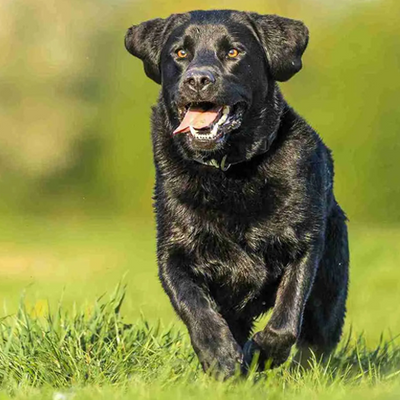

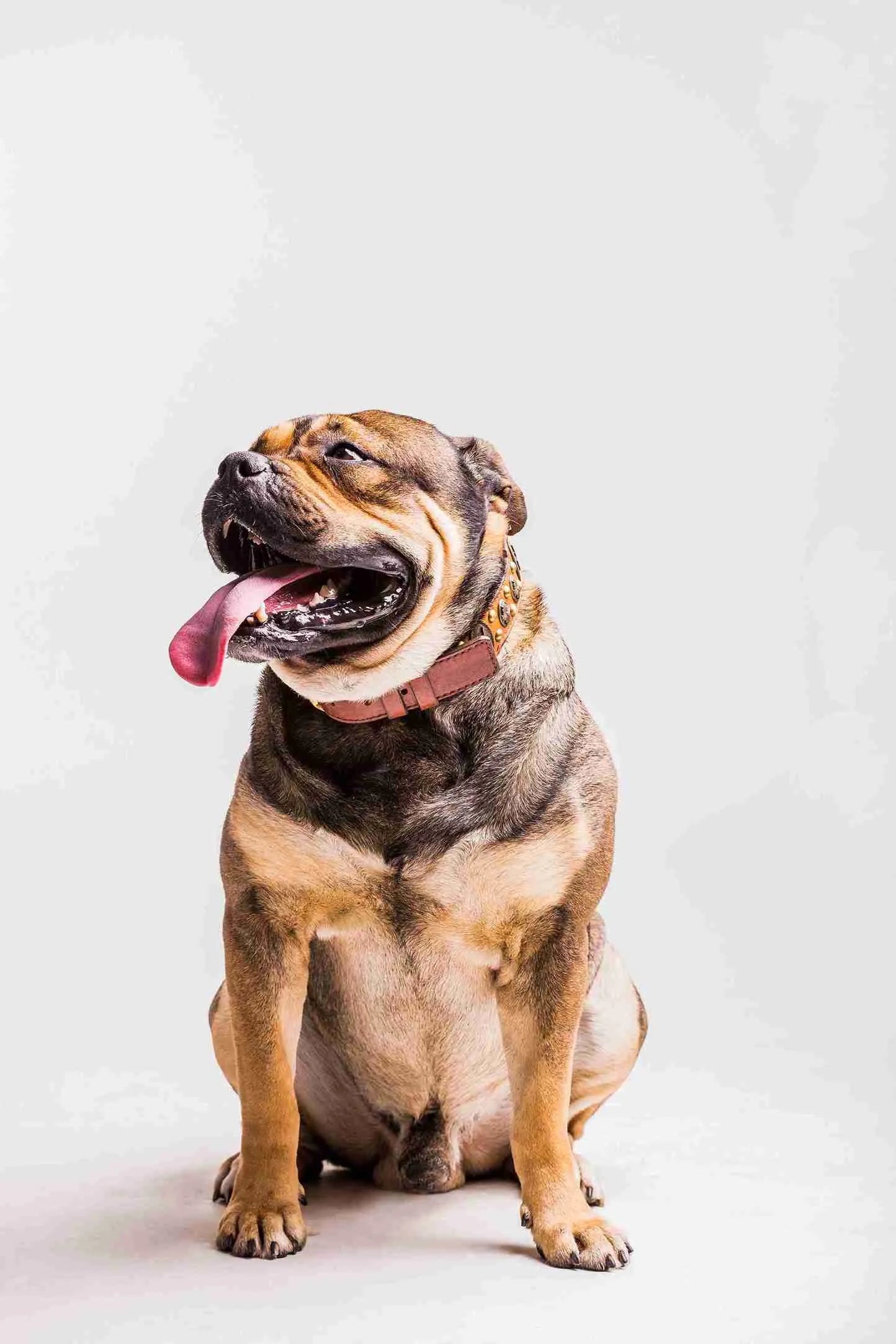
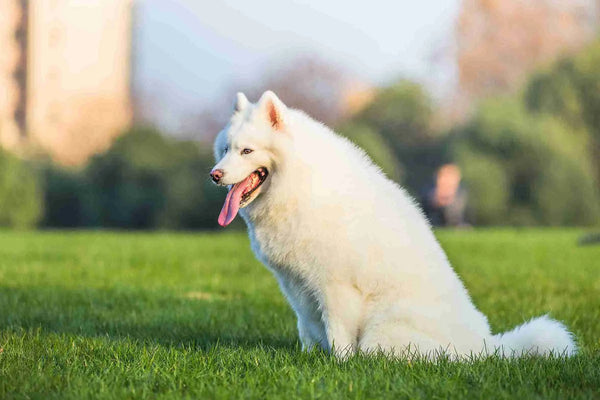
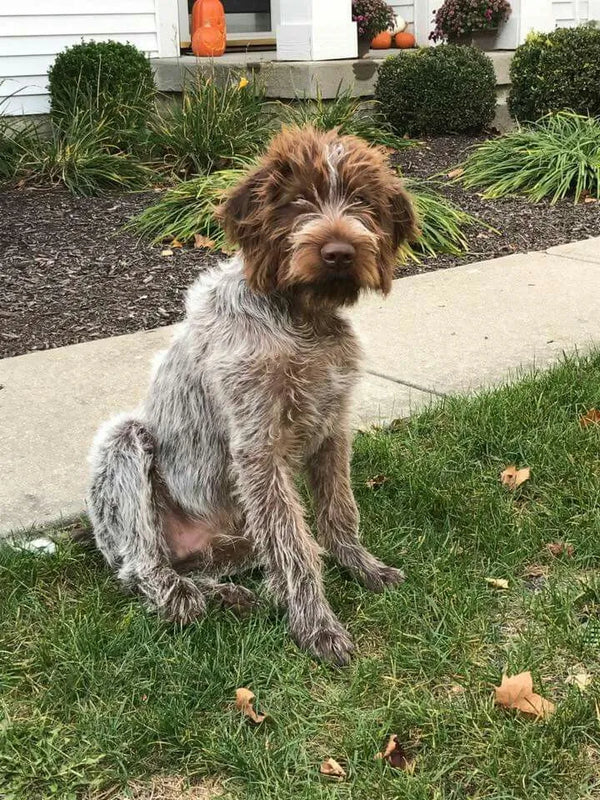
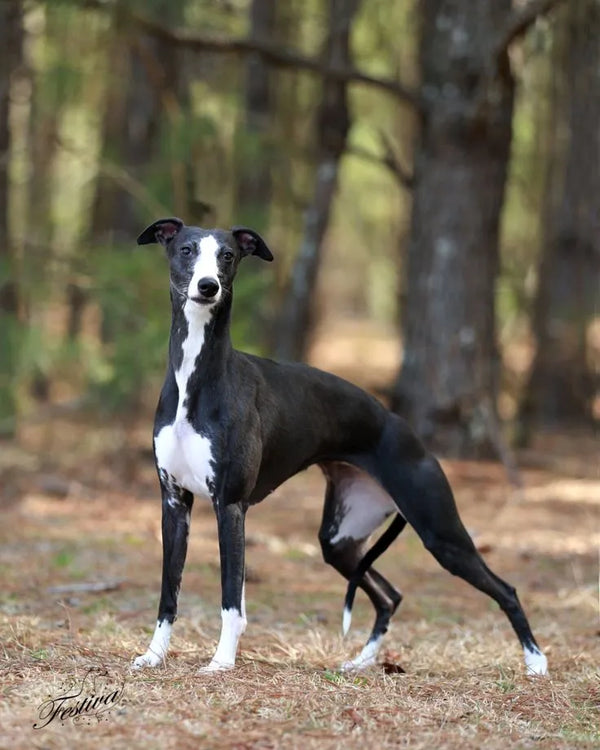
0 comments